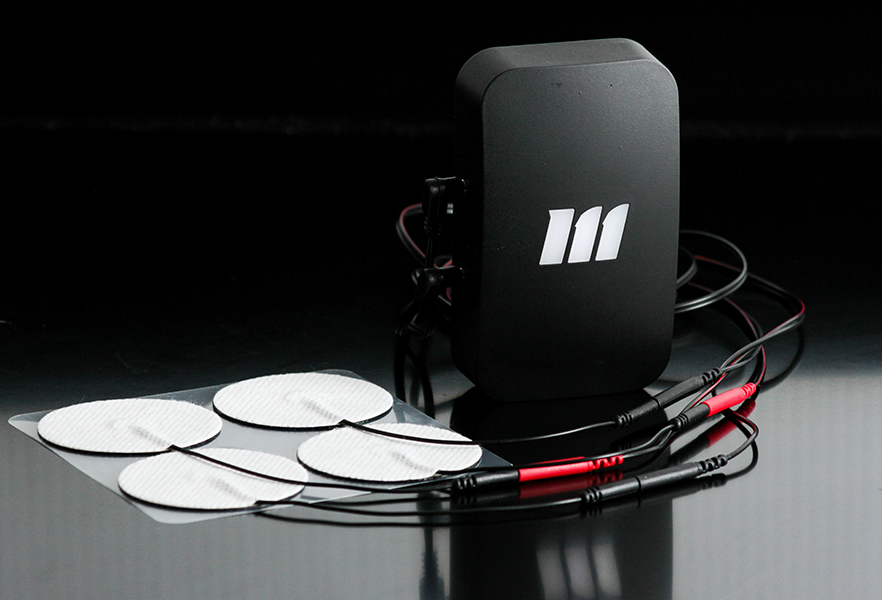
qEEG entails placing small sensors on the head to capture brain waves. These brain oscillations are then examined to detect patterns that may indicate sleep disorders, including sleep apnea. By analyzing these trends, medical providers can obtain a clearer understanding of how sleep apnea disrupts normal brain activity during slumber. This data can be essential for developing effective treatment plans customized to specific patients. Understanding the connection between qEEG and sleep apnea can lead to enhanced identification techniques and superior results for those impacted by this condition.
Research has shown that people with sleep apnea often display specific changes in their brain wave trends. For instance, during episodes of apnea, the brain may exhibit heightened function in specific areas while additional regions become more engaged. These alterations can influence how effectively a person sleeps and how rested they feel upon waking. By using qEEG to monitor these brain oscillation patterns, physicians can recognize particular traits of sleep apnea in clients, which can assist in formulating a more precise diagnosis. This is especially important because sleep apnea can occasionally be confused for alternative sleep conditions, resulting check this to misguided therapies.
In furthermore to enhancing identification, qEEG can also serve a part in assessing the efficacy of therapies for sleep apnea. For example, after a client starts employing a continuous positive airway pressure (CPAP) machine, which helps keep the airway open during sleep, qEEG can be used to assess changes in brain activity. If the brain exhibits improved patterns of sleep after initiating treatment, it may suggest that the treatment is functioning well. This response can assist doctors make necessary adjustments to treatment plans, ensuring that patients obtain the optimal treatment feasible.
In summary, the relationship between qEEG and sleep apnea trends is an exciting area of research that offers potential for improving identification and therapy. By comprehending how sleep apnea affects brain function, healthcare providers can formulate more effective approaches to assist clients attain improved sleep and improve their overall well-being. As studies progresses to advance, it is probable that qEEG will become an essential tool in the battle against sleep apnea, resulting to better outcomes for those who experience from this challenging disorder.